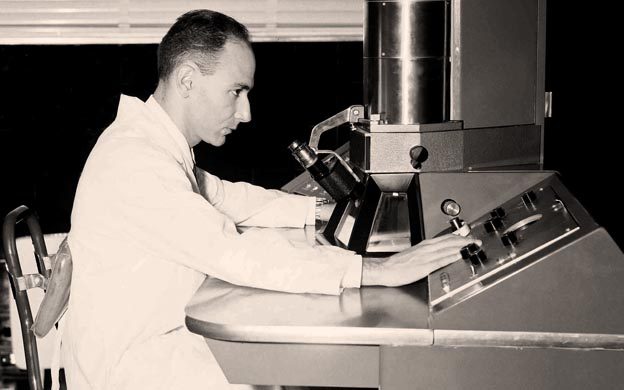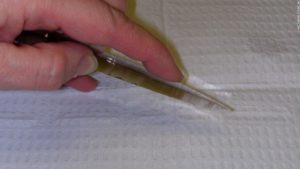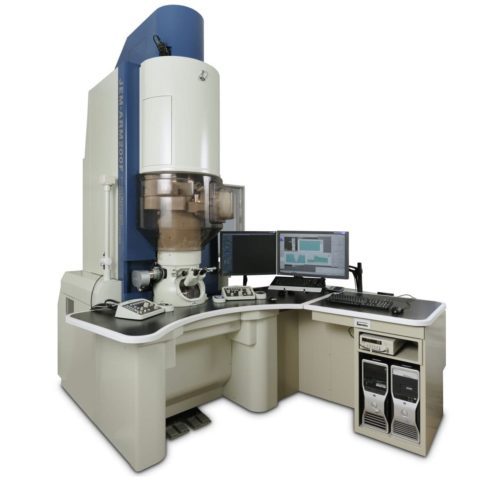Humberto Avelino Fernández-Morán Villalobos was a Latin American scientist born on February 18th, 1924, in Maracaibo, Venezuela. He was the son of Mr. Luis Fernández Morán and Mrs. Elena Villalobos.
But did you know that he invented the diamond scalpel, contributed significantly to the development of electromagnetic lenses for electron microscopy based on superconducting technology, among many other scientific contributions?

In his early childhood, he started elementary school at the Colegio Alemán de Maracaibo, where he started learning the German language (just the first one of the many languages -about 12- that he would learn during his lifetime). After a couple of years, he eventually moved to Germany where he finished high school. With regard to his academic career, Fernández-Morán studied medicine at the University of Munich, where he graduated summa cum laude in 1944 when Europe was practically destroyed by the effects of the Second World War.
Some years later, while still being a participant in a doctorate program, he met and further married Anna Browaillius, a Swedish-origin woman. Once together as a marriage, they had 2 beautiful daughters, Brigida Elene and Verónica.

As a curious fact, after flying over the Angel Falls in the Southeast part of Venezuela, he was inspired by the concept of the smoothly reoccurring flow system inherent in a waterfall to take his diamond scalpel invention and combine it with an ultra-microtome to dramatically improve the ultra-thin sectioning of electron microscopy samples.
He also helped to advance the field of electron cryo-microscopy (the use of superconductive electromagnetic lenses cooled with liquid helium in electron microscopes to achieve the highest resolution possible), as well as many other research topics.

Back to his native country, he also founded the Venezuelan Institute for Neurological and Brain Studies (IVNIC), the predecessor of the current Venezuelan Institute of Scientific Research (IVIC). As important medical achievements, Fernández-Morán contributed to the development of the electron microscope and was the first person to use the concept of cryo-ultramicrotomy.
During his brief incursion into the world of politics, Dr. Fernández-Morán was appointed Minister of Science during the last year of the regime of Gen. Marcos Pérez Jiménez. But he was forced to leave Venezuela when the dictatorship was overthrown by a civilian-military rebellion in 1958.
During the 1960s and 1970s decades, he worked as a key scientist with NASA for the “Apollo Mission” (he made lots of compositional analysis of lunar rock samples brought during the development of the mission) and taught in some American universities, such as the Massachusetts Institute of Technology (MIT), the University of Chicago, and later on, at the University of Stockholm, in Sweden.

While living in the United States of America, he was proposed to be nominated for the Nobel Prize. But, believe it or not, he rejected the nomination because he would have had to embrace American citizenship, which he refused, wanting to maintain his Venezuelan nationality.
As a personal decision, he donated a collection of his papers to the Universidad del Zulia (LUZ) in 1986. Many years later, on March 17th, 1999, he died at the age of 75 in Stockholm, Sweden.
However, according to his will by testament, his remains were taken back to his native city, Maracaibo, Venezuela. In a certain sense, his life came full circle; it ended where it started.
To conclude, Humberto Fernández-Morán was not only a memorable Latin American scientist but also a citizen of the world. But as the old saying states: “No man is a prophet in his own land”.

